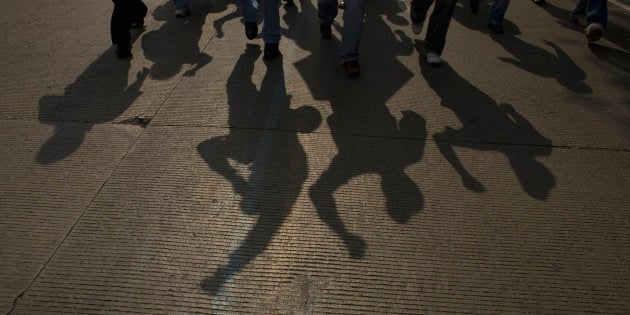
Land occupations, land "grabs", or land invasions, may have become newsworthy in the light of political events and events in Hermanus this month, but in reality, they have been a constant of South African everyday life for many years.
Long before Parliament's recent vote in favour of the expropriation of land without compensation, landless people and municipalities, especially metros, have clashed almost every month over access to land. These land grabs are often characterised by the events that bookend them: recorded as "protests" and "evictions".
Until now, South Africa's urban population has comfortably dismissed them as criminal acts to be left to law enforcement to deal with.
But December 2017 changed everything. And now that the ANC, and in turn Parliament, has given the nod to land expropriation without compensation, land occupations have taken on new meaning. Suddenly their legitimacy is a serious talking point, and they can no longer be tut-tutted away over a brandy and a braai.
Lizette Lancaster from the Institute for Security Studies told News24 that the institute had picked up land occupations since around 2013. Since then, about 70 protests related to occupations have turned violent.
Often, these "land invasions" do not take the form of the Mugabe-esque violence that plagued Zimbabwe when its white farmers were chased off their farms. Rather, they are often groups of landless or homeless people who erect shacks on empty pieces of land – land that is unused, and seemingly available, but actually belongs to someone else, or the state. Dwellers can often live on this land for months or years before they are evicted, when the owner decides they would like to develop the land.
There are also many cases in which land occupiers are tired of waiting for houses or plots of land promised to them, and decide to occupy the land they feel they are owed.
And then there are the opportunists, spurred on by whatever political battle cry rings true in the moment, who dish out plots of land to those in need while taking their money on the sly.
Whether the "invaders" are legitimately landless or not, what ties all of these instances together is that they have all been met with the full might of the state: arrested, detained, their make-shift homes demolished, shot at, injured, and killed.
Durban is a case in point, where land occupations have been a regular occurrence for years. There are countless examples of clashes between the authorities and residents that have ended in bloodshed, and people sleeping on the street.
In the case of Sydenham, near Durban, 150 residents occupied low-cost homes they claim were given to them, but were evicted. They now live in a park nearby without shelter. Among them is an 88-year-old woman.
But the state's aggressive response has not stopped the land-grab phenomenon.
While Hermanus hogged the headlines this month, in Durban, the situation was equally as serious. A farm and a sugar cane plantation were invaded by members of a local community carrying pangas and machetes.
The examples go on, and on.
This visualisation is by no means an exhaustive list of land occupations, but it aims to illustrate some of the scale of the problem. Click through the map below to see how land invasions have spread throughout South Africa in recent years.
